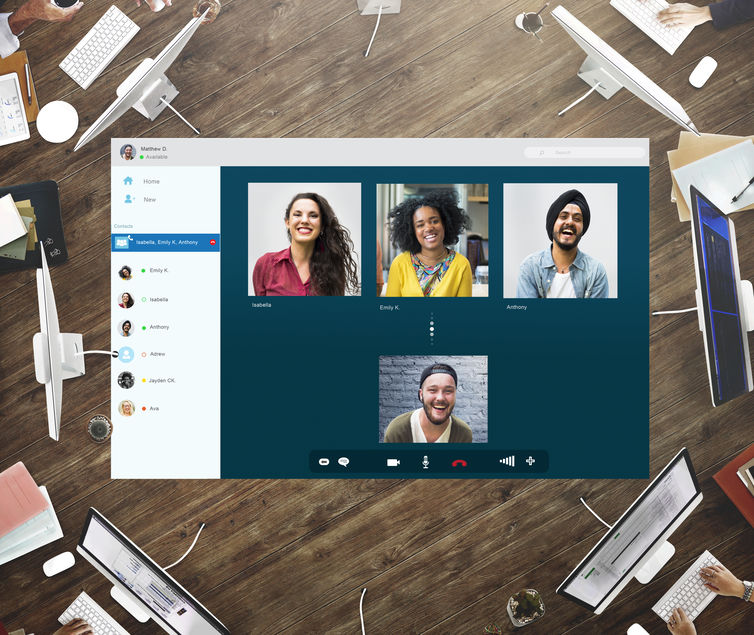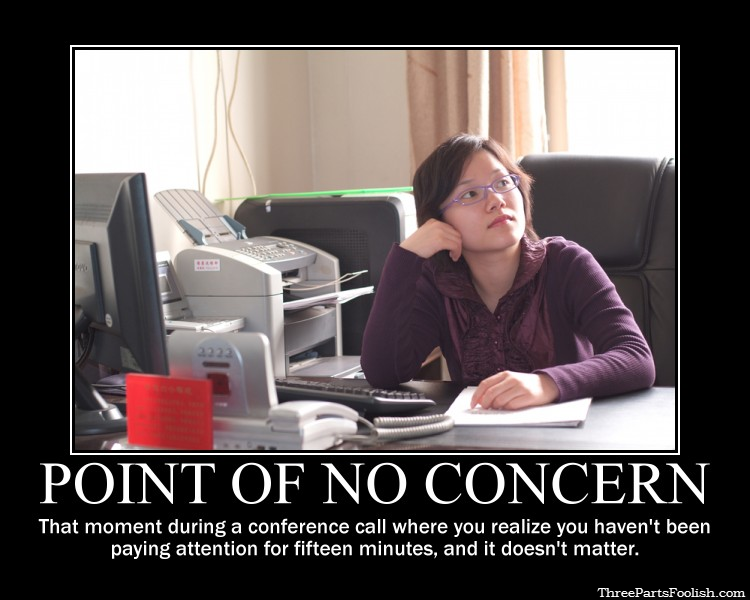As I said in Part 1 of Everyday is Today, a bad meeting is worse online. Adding strong facilitation techniques and some virtual management helps make online meetings the best they can be.
A helpful place to start is using Leadership Strategies 6Ps. Answering each of these questions determines first and foremost whether you should even have a meeting! The fewer ineffective meetings online, the better for everyone’s sanity.
- Purpose – why are we having this session?
- Product – what do we need to have when we are done?
- Participants – who will be attending?
- Probable issues – what issues will likely need to be addressed?
- Process – what steps will get us there??
- Place – how will you effectively use your platform?
Product: Once you know you need the meeting, establish outcomes by setting the agenda. Co-creating it in advance with relevant stakeholders ensures you are having the right meeting to answer the right questions. Assigning parts of the agenda in advance eases the flow and helps people be prepared. And again, if it’s just an update – send an email!!
Participants: At this point in quarantine, I hazard a guess that most people have had some
experience with the virtual meeting platforms. Regardless, when you send out the agenda, send out basic instructions such as using the raise hand emoji, muting, sharing screen etc. Also establish expectations – camera on or off? If on, what level of “professionalism” do you expect? Is it OK if people are in bed or in their pajamas or would you at least like everyone dressed and sitting up!!
Probable issues: Preparing for probable issues in online meetings includes everything from the reality of kids and pets popping in, unstable internet and unfamiliarity with screen sharing or other basic controls. Normalize and acknowledge the different experiences that people are having from the get go. Decide whether you need to assign a “producer” for your meeting – a person who will manage screen sharing, muting, breakout rooms and monitoring the chat. You may wish to turn off the chat feature if it proves too distracting. Invite everyone to log in a few minutes in advance to both chat as well as to work out tech issues.
Process: Always start with a check in. Validating the very real and varied experiences of your staff helps them feel supported. Any meeting should start with some kind of community builder (formerly known as ice breaker) but starting with a check in while “coviding” helps bring the team together. If it is a large group, consider using a breakout room so that small groups can connect with each other. Leigh Ann Rodgers of Better Teams offers these great activities modified for remote workers if you need an activity after a check in.
Keep the engagement high by offering opportunities to react, respond or reflect about every 10 minutes so that people don’t begin to check out. And remember, if it could all be done in an email, DON’T HAVE A MEETING! Reading through a PowerPoint is about the worst thing you can do on a virtual meeting.
Place: The main thing about place for remote meetings is deciding which platform you use and becoming experts in it. If you are invited to someone else’s virtual platform, take the time to become somewhat familiar with it and make sure your devices support it.
Keep it real and keep it brief. It’s exhausting being in video meetings for hours on end. Establish regular check ins for teams. Many employees are alone or possibly living in chaotic environments and compassionate human connection can make all the difference.
Also published on Medium.



